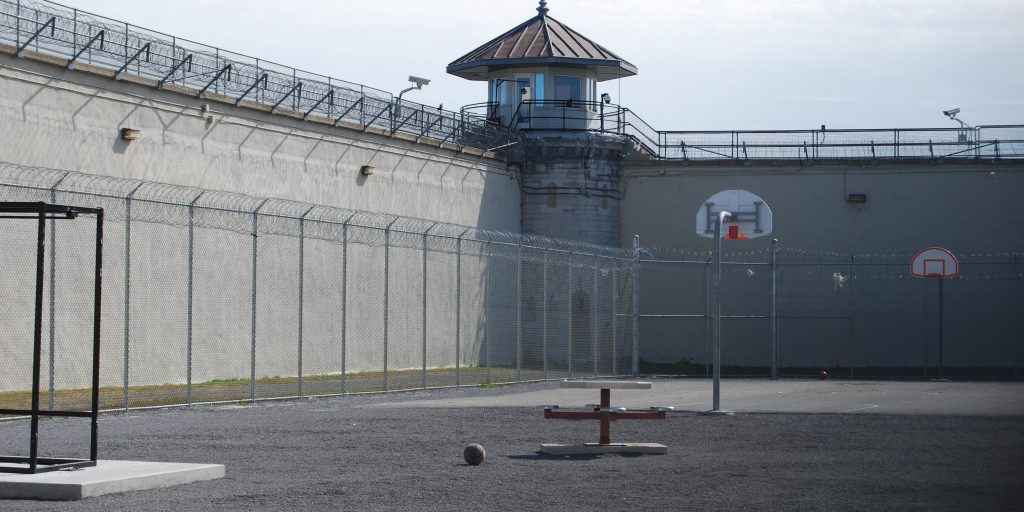Helping the hidden: Technology connects incarcerated mothers during COVID-19 pandemic
If you’ve spent any time working with incarcerated women, then you’ve seen a heartbreaking reality firsthand. This anguish is more visible than ever with the relentless repercussions of COVID-19 and the astonishing rise of incarceration rates for women which has grown 750 percent since 1980.
I have spent years working as an educator inside the Central Californian Women’s Facility, helping incarcerated women lay the foundation for life success after their release. Many of these women are mothers, as 60 percent of those held in state facilities across the country have children under the age of eighteen. I have personally witnessed women struggle with maternal despair, isolation and depression. They feel hidden and forgotten.
These issues are exacerbated by COVID-19. For months, all visits have been canceled at state and federal prisons until further notice to protect community health and wellness. However, visitation is an essential part of the human connection. Without this crucial connection, women experience anxiousness, loneliness, heightened worry, increased stress, and a mental sense of losing control. It is not difficult to comprehend that separation of this magnitude has an adverse effect on incarcerated mothers and negative impacts on their children.
COVID-19 is truly a devastating crisis, but the good news is that emerging technology is bringing families together and helping to bridge a critical gap. Taking steps towards mitigating barriers, the Women’s Facility allowed the incarcerated women to utilize JPay tablet computers – a part of a growing trend nationwide, in which correctional facilities are empowering individuals with technological tools. As an educator with direct experience in these facilities, the impact that these tools have is impossible to overstate.
By using technology, incarcerated individuals are able to pursue educational opportunities, search the job market and connect to loved ones. While nothing can replace physically being with a child, programs that allow for real-time messaging, emails and videos permit mothers to watch their sons and daughters blow out birthday candles, practice on his new musical instrument, share a family graduation acknowledgement and so many other irreplaceable moments. It means that a mother may help her daughter in first grade complete her math homework. It means a mother can read to her children. In other words, it means an incarcerated mother can be a mom.
I remember a time when I wanted to increase attendance in my class sessions. I told the students, “You must be present and participate to learn.” I gave out weekly Perfect Attendance Certificates, and the classroom attendance skyrocketed. Using their tablets, many of the mothers proudly shared their certificates with their children. This interaction motivated the children to set attendance goals and strive to attain them. It was beautiful to see education extend from a prison classroom to a child at home.
Humans are naturally social. We thrive from being connected to each other and our community. We must minimize the separation caused by COVID-19, by ensuring that incarcerated families have crucial tools of communication. Technology connects incarcerated mothers. It maintains relationships, helps prepare for reentry, and enhances recovery. Technology is a meaningful tool that promotes a strong bond between a mother and child – and there is nothing more important than that. No one should be alone. Remember, we’re all in this together.
Amelia Peterson is an educator who believes in prison betterment and reform. She lives in Merced, Calif.




















